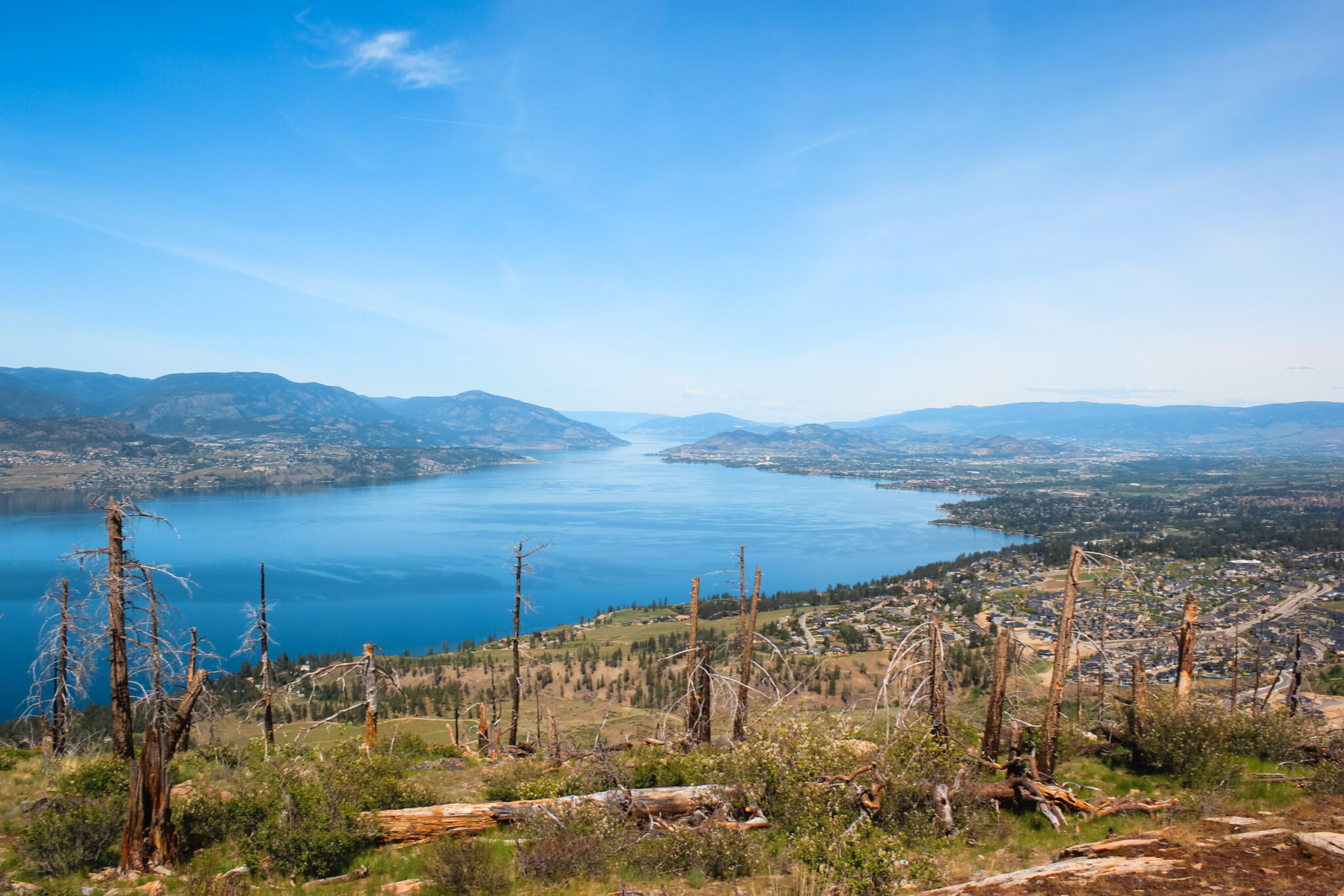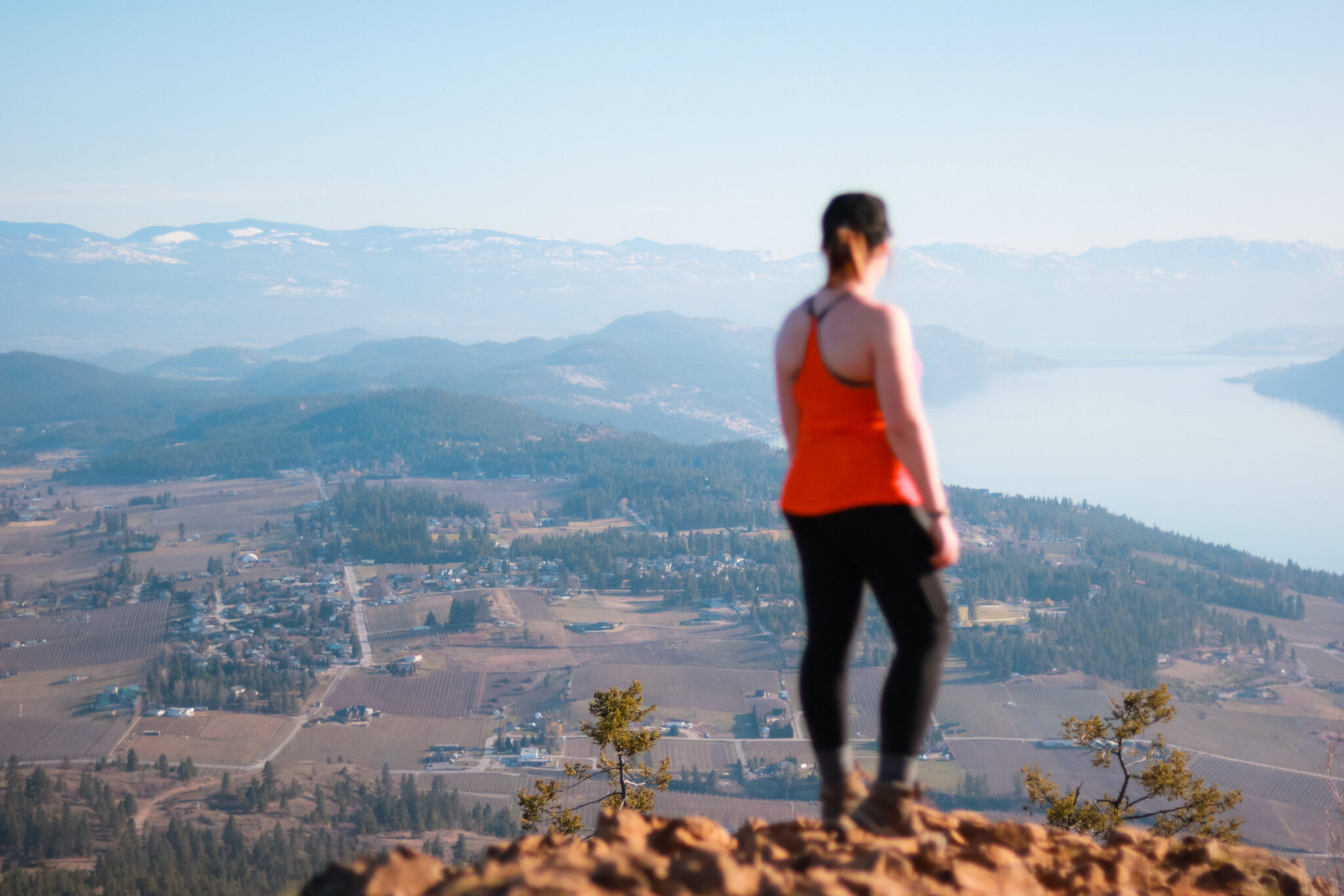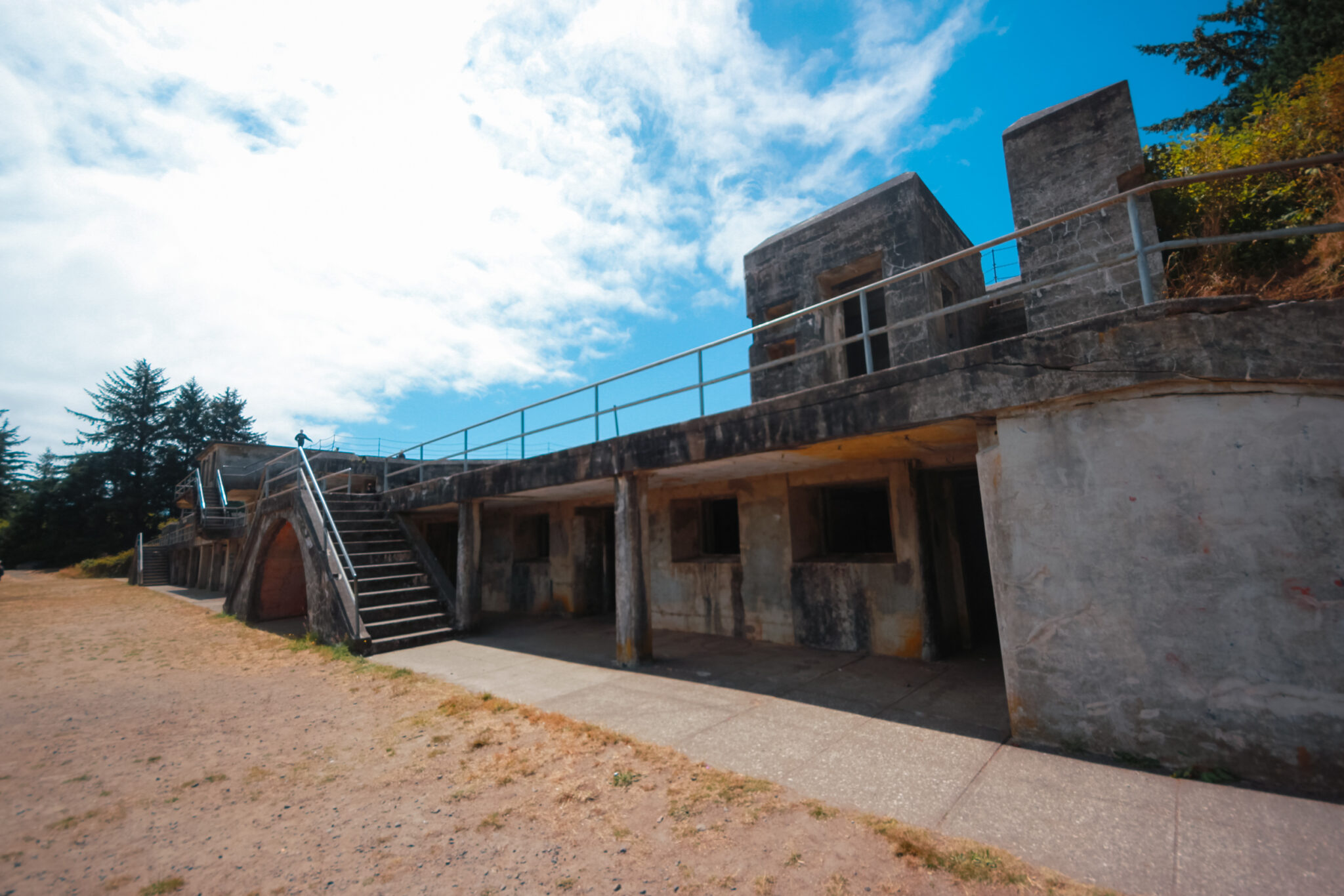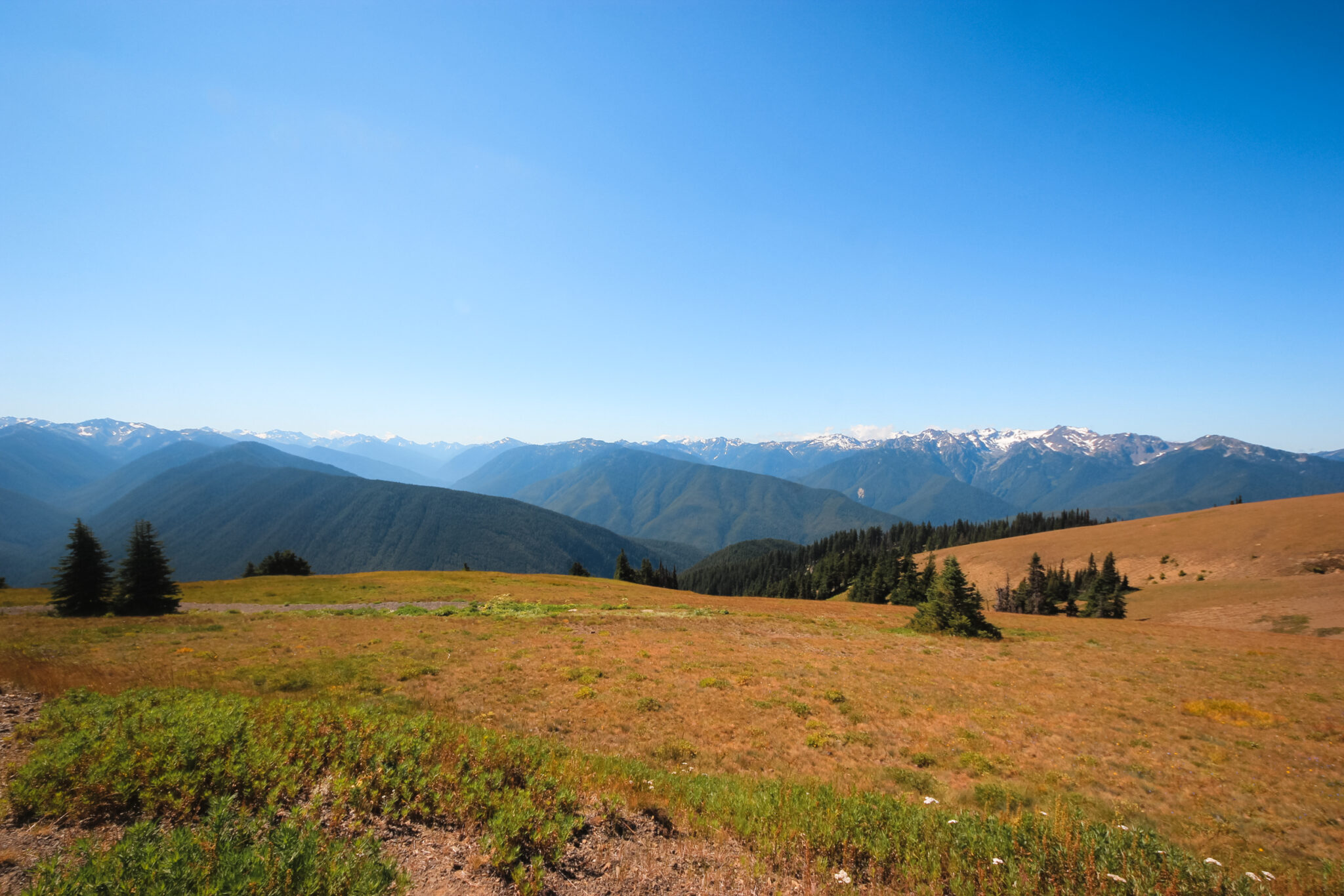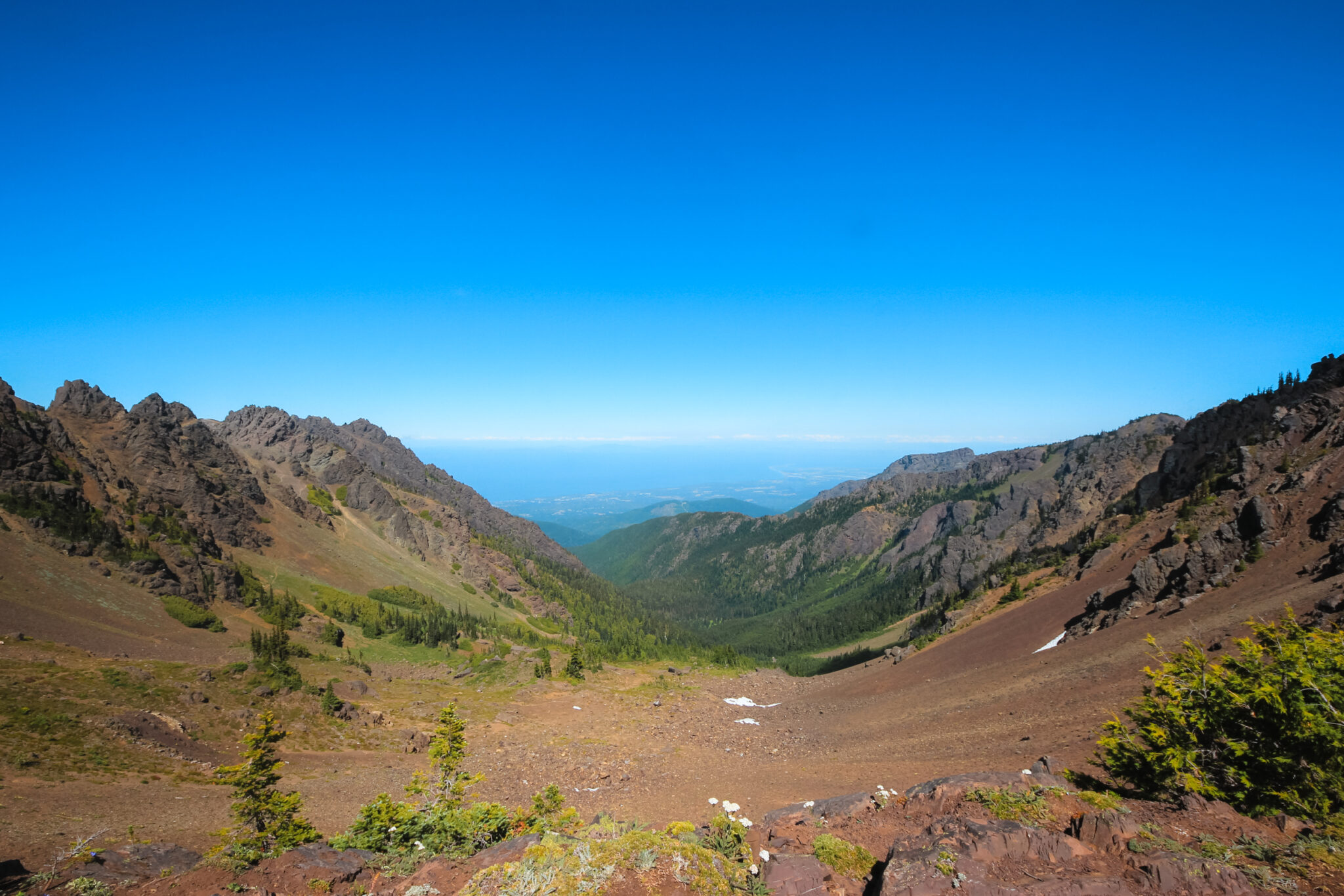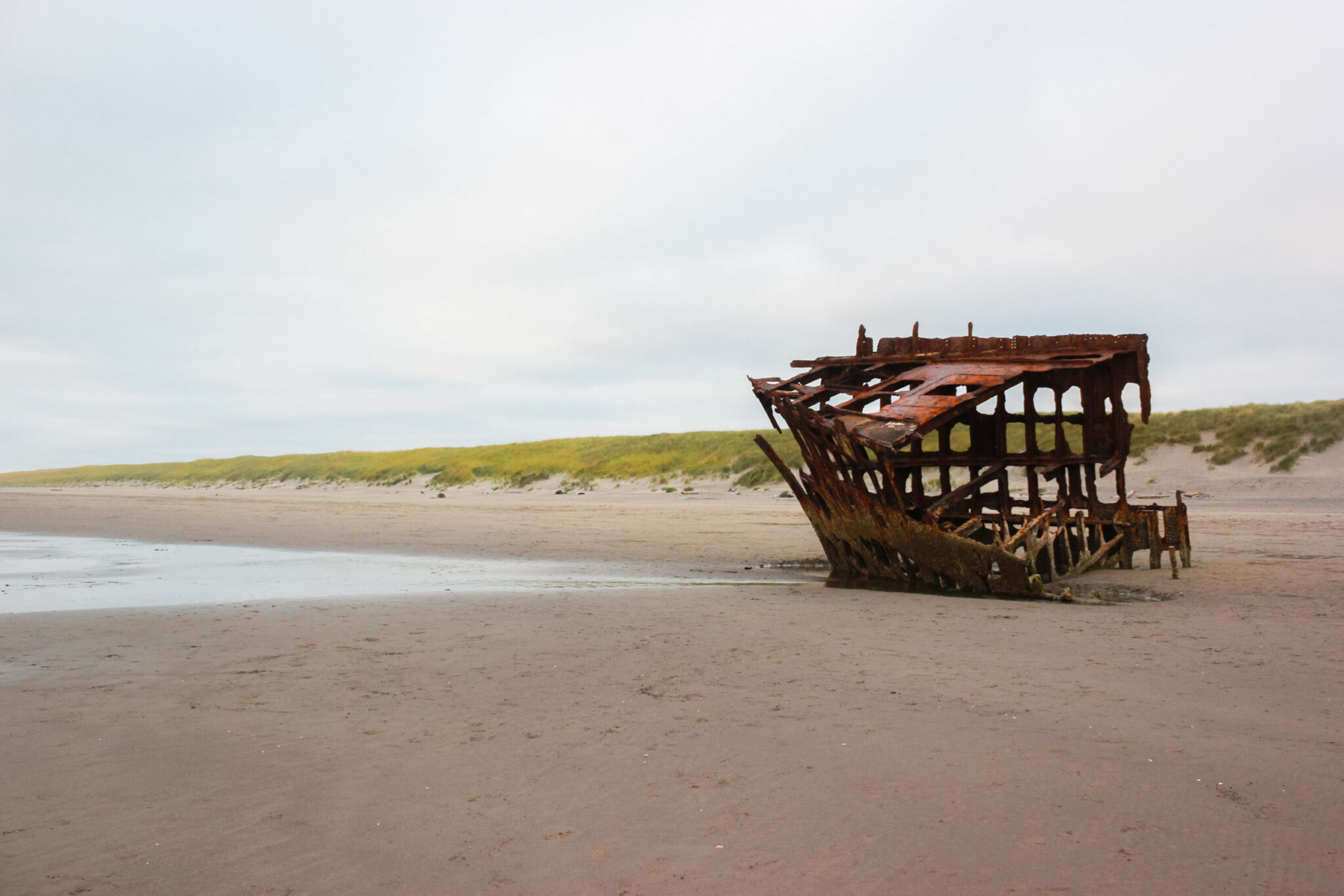Snowshoeing the Myra Canyon Trestles in Kelowna, BC
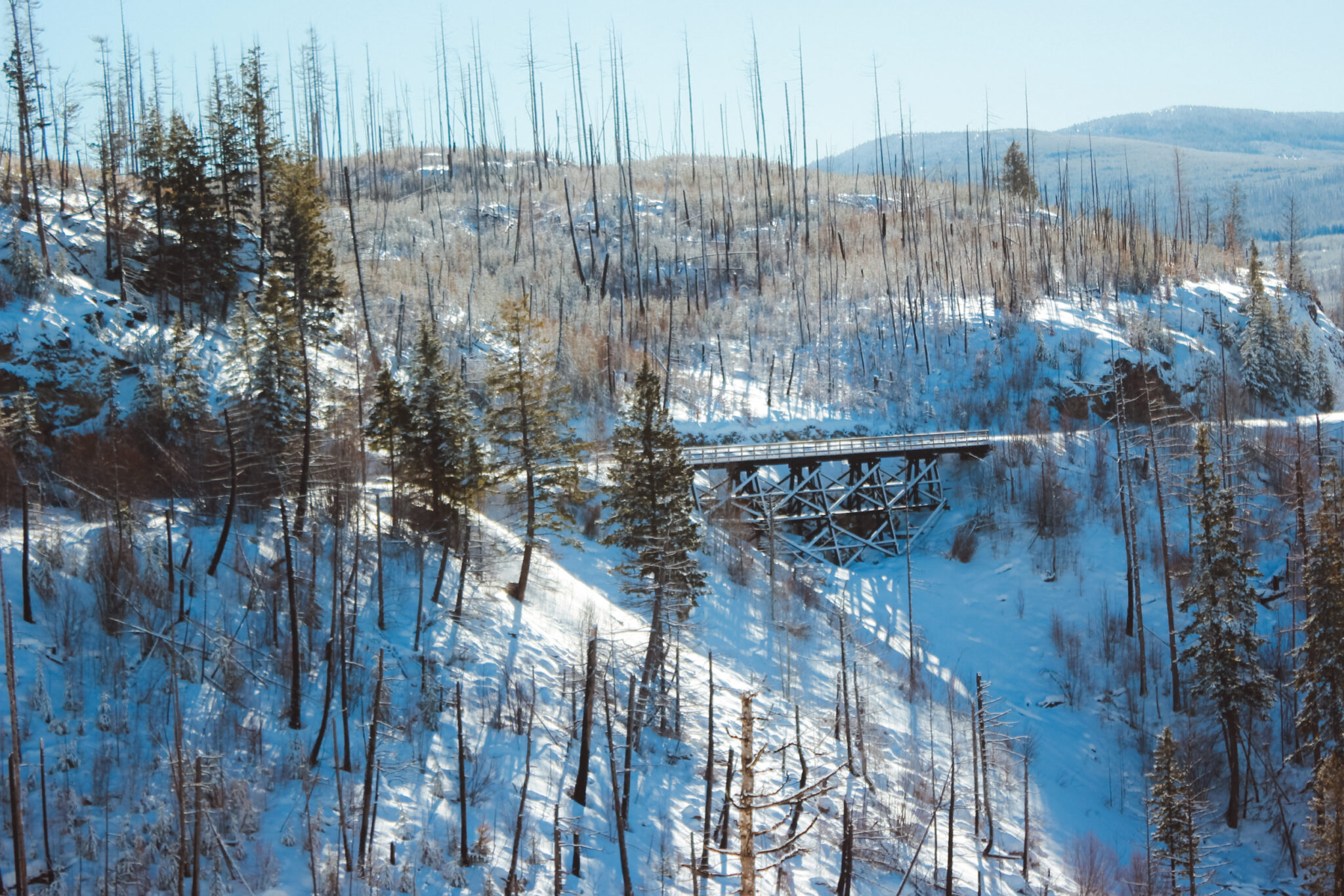
The Myra Canyon trestles on the Kettle Valley Railway is a beautiful, easy, unmaintained snowshoe trail.
Snowshoeing is such a wonderful way to enjoy quiet, untouched trails and get outside in the winter. And did I forget to mention the beautiful views you’ll get to enjoy?
The historic Myra Canyon trestles are a local favourite. Not only are the trestles themselves beautiful, but the views of the canyon and the Okanagan Valley are breathtaking. The trestles can get pretty busy in the warmer months, but during the winter you’ll often have the trail to yourself.
The Myra Canyon trestles are located about 40 minutes from downtown Kelowna in Myra-Bellevue Provincial Park. The trestles are beloved by locals and offer great snowshoeing for all skill levels!
Read next: Check out this guide of other awesome snowshoeing trails in the Okanagan.
Trail Stats
- Difficulty: Easy
- Trail Type: Out-and-back or linear
- Length: 12.45 km one-way (see map)
- Trailhead: Myra Station, Ruth Station
- Open Dates: Year-round
- Fee: Free
Myra Canyon Trestles
The Myra Canyon trestles are located on a beautiful, scenic stretch of the KVR just outside of Kelowna. There are eighteen trestles and two tunnels on the trail. The trail is also one of the highest points of the entire Kettle Valley Railway and winds alongside a steep canyon.
The trestles were originally made from local, untreated Douglas Fir. In the 1930s, two of the wooden trestles were replaced with steel, but they only have a lifespan of about 15 years so they’ve been replaced a few times over the years. But in the late 1950s the wood was replaced with treated wood that lasts longer.
In 2003, a huge fire ripped through Myra Canyon and Okanagan Mountain Park. The destructive fire devoured twelve of the eighteen historic trestles and damaged the two steel ones. Many locals, even those who had lost their homes, were heartbroken to have lost such a beloved historical monument. I was in grade four when the trestles were destroyed, but I remember the sadness that rippled through the community.
Five years later, the park officially reopened after the trestles were painstakingly rebuilt according to the historical specs. Go out and enjoy the authentic-looking trestles! They’re gorgeous.
Snowshoeing the Myra Canyon Trestles
The Myra Canyon trestles trail connects Myra and Ruth stations. It’s about 12 km long (one-way) and has a relatively flat grade of only 2% so it’s easy to snowshoe. But unless you have a ride at both ends, I don’t recommend trying to snowshoe the entire trail in one day. After all, 24 km is a lot of snowshoeing even if it is flat! There’s also not much daylight in the Okanagan in the winter, so it would be easy to get caught unexpectedly in the dark. No one wants that, right?
The decommissioned railway skirts the edge of Myra Canyon, but the trail is wide and doesn’t come super close to the edge. You’ll have great views of a steep, snow covered canyon and occasionally glimpse Okanagan Lake far below. There’s only one shelter, which is nothing more than four walls and a roof to get out of the elements, about halfway through the trail, two tunnels, plenty of benches, and outhouses at the trailheads.
Remember to bring some snacks on your snowshoe adventure and breathe in that beautiful, crisp winter air. You’ll have a grand time!
Trailheads at Myra Canyon
You can start snowshoeing from either Myra or Ruth Station. Myra Station is the closest to the trestles and has the largest parking lot while Ruth Station is much smaller and farther from the trestles. I prefer to start at the Myra Station mainly because it doesn’t take long to get to the trestles themselves and you’ll have better views from the get-go.
Keep in mind that neither station is maintained in the winter and you’ll probably have to park further back than you would in the summer. You also need good winter tires and high clearance on your vehicle so it doesn’t bottom out in the deep snow. Despite their name, there are no actual buildings at the trailheads, just parking lots.
Staying Safe
The trestles are beautiful, but they can be dangerous. There are gaps in the wooden beams that you could easily put a foot through — although, it would be a lot harder with snowshoes on. Still, it’s a good idea to stay near the center of the trestles because it can be difficult to see the gaps when they’re covered in snow.
There’s also very little, if any, cell reception at the Myra Canyon trestles. With no cell service, remember to always tell someone where you’re going, dress properly for winter adventures, and bring the ten hiking essentials. Like I always say, it’s better to be safe than sorry.
Since the trestles are quite far out of town, wildlife like to visit. While bears have been spotted around the trestles, you shouldn’t have any problems with them in the winter because they should be hibernating. Still, a little bear safety knowledge never hurt anyone.
History of the KVR
The Myra Canyon trestles are part of the Kettle Valley Railway (KVR) which was built between 1910 and 1916. In its prime, the KVR was 500 km long and was informally called the Coast-to-Kootenay Connection because it connected the towns of Midway and Hope in British Columbia. The much needed railway connected two of the main Canadian Pacific Railway (CPR) lines.
Unfortunately, like most railway construction of that time, the working conditions for the railway workers were rough. Thousands of people, many of whom were immigrants who came to Canada specifically to build the railroad, worked in terrible and often dangerous conditions for years. Many of them tragically lost their lives.
The KVR was used for both freight and passengers. It would have been a beautiful train to ride. It wound through mountains, overlooked beautiful valleys, and ran through gorgeous forests. However, as the rail system in North America slowly declined, so did the KVR. The last passengers rode in 1964 and the very last train went through the KVR in 1973.
After the CPR stopped maintaining the railway, a small group of dedicated people began caring for the Myra Canyon trestles. Today, they’re known as the Myra Canyon Restoration Committee. It’s thanks to them that we can enjoy the beautiful trestles.
